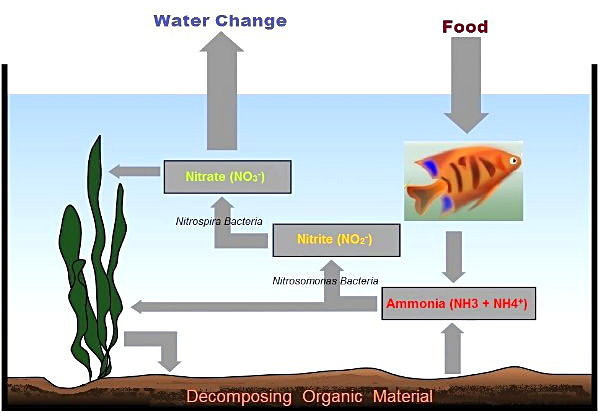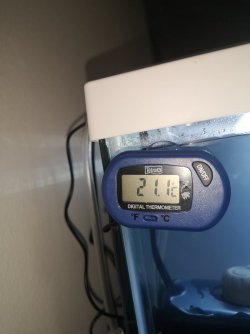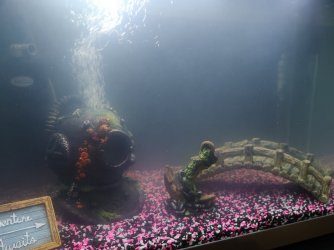Hi All,
Happy to have found what seems like a very friendly and useful forum.
I owned aquariums around 10 years ago and seem to have a lost a little knowledge on the matter. We purchased a 50l tank last week which came with a heater, the light and a filter. We had gravel and ornaments ect and so I thought it would be ok to set up the tank to ensure everything was working properly while I waited for everything else to arrive (by everything else I mean test strips, water treatments, a pump ect). The tank was filled with water but no treatment just yet as I say we were waiting for it to arrive but I assumed it wouldn't do any harm as there are no fish in it yet.
Few days in and the water was exceptionally clear. But we had an issue with the filter. I took the filter back to the shop yesterday, they fixed it and it's now working fine. Yesterday the water treatments came and so I added in the correct doses of the tap safe for how much water was in the tank, and half the amount of water treatment (the more weekly one) and every since the tank has been very unclear. I woke up this morning and it's just not any better.
Is this because the treatment I added? Why is it not clearing very well? Is there anything I can do, for example, should I be attempting a water change at this point? Seems pretty early but I would like for it to be sitting ready for fish?
Another point is that I have the heater sat at 25c but the thermometer is only ready 21.8c? Is that normal? And is 21.8c ok?
Thanks for any help guys I greatly appreciate it.
Happy to have found what seems like a very friendly and useful forum.
I owned aquariums around 10 years ago and seem to have a lost a little knowledge on the matter. We purchased a 50l tank last week which came with a heater, the light and a filter. We had gravel and ornaments ect and so I thought it would be ok to set up the tank to ensure everything was working properly while I waited for everything else to arrive (by everything else I mean test strips, water treatments, a pump ect). The tank was filled with water but no treatment just yet as I say we were waiting for it to arrive but I assumed it wouldn't do any harm as there are no fish in it yet.
Few days in and the water was exceptionally clear. But we had an issue with the filter. I took the filter back to the shop yesterday, they fixed it and it's now working fine. Yesterday the water treatments came and so I added in the correct doses of the tap safe for how much water was in the tank, and half the amount of water treatment (the more weekly one) and every since the tank has been very unclear. I woke up this morning and it's just not any better.
Is this because the treatment I added? Why is it not clearing very well? Is there anything I can do, for example, should I be attempting a water change at this point? Seems pretty early but I would like for it to be sitting ready for fish?
Another point is that I have the heater sat at 25c but the thermometer is only ready 21.8c? Is that normal? And is 21.8c ok?
Thanks for any help guys I greatly appreciate it.





